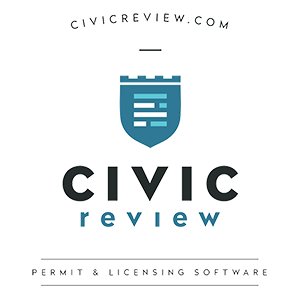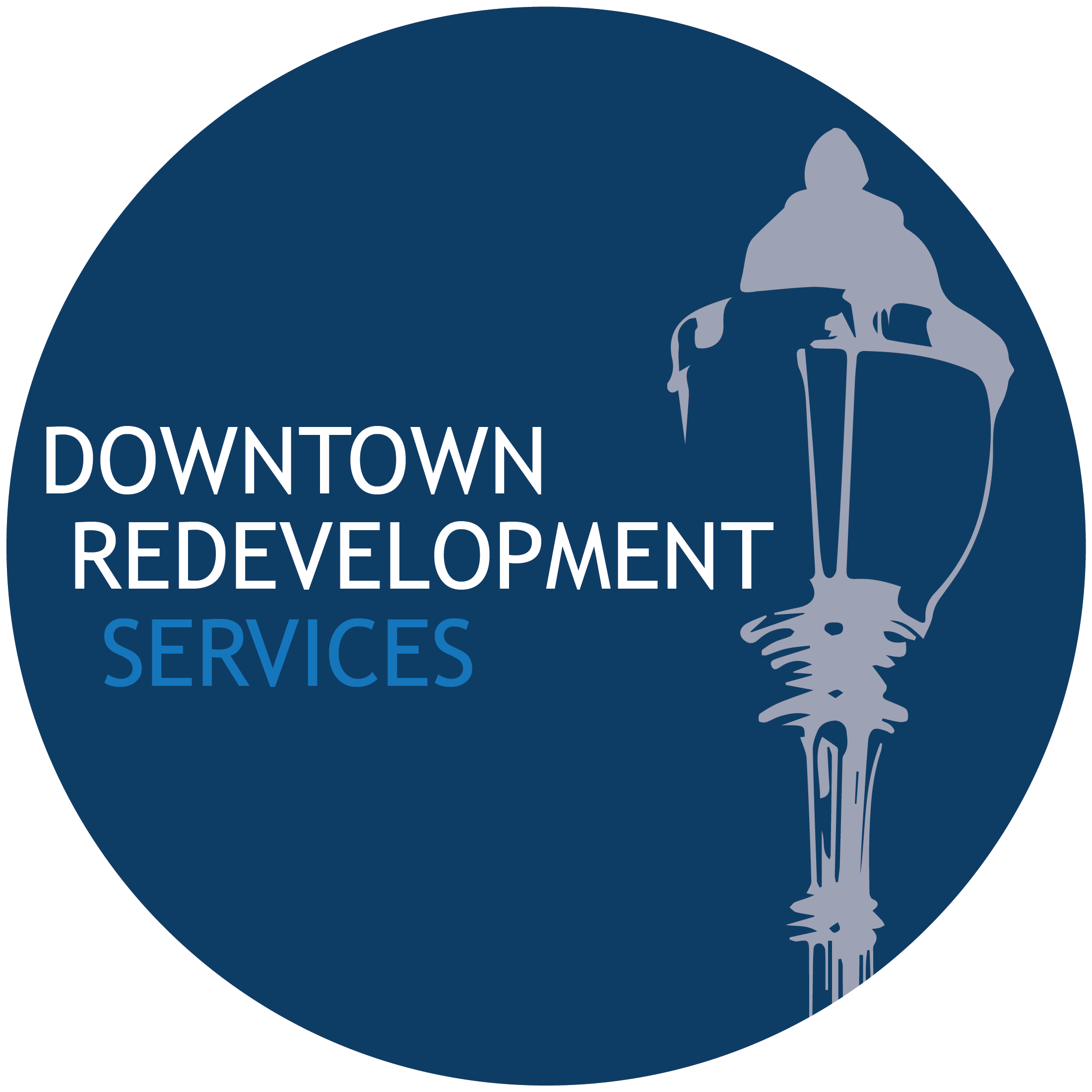ADUs and parking
January 14, 2021
In yesterday’s legislative update, I noted the discussions that had taken place earlier in the week about Rep. Ray Ward’s bill on accessory dwelling units (ADUs). The Utah League of Cities and Town’s Legislative Policy Committee has taken the position to oppose the bill for a variety of reasons, with the main concern being about the impact on parking on neighborhood streets.
From my own experience with ADUs over my career, I think that such concerns about parking are overblown. In an effort to try and bring some relevant information to the discussions, I made a number of inquiries about research or data on this topic, but found there is not much directly related. However, there were some interesting discussions and information out there that I think might be useful. Because of the extent of what I found, I thought it best to present this as a stand-alone update email message. So, if you have interest in this topic, especially as discussions heat up as the bill moves forward in the legislative process, see below.
The Municipal Research & Services Center (MRSC), a nonprofit organization that helps local governments across Washington State better serve their communities by providing legal and policy guidance on any topic, put out a publication several years ago titled Accessory Dwelling Units: Issues and Options. The section in that document on ADUs and parking said this:
The potential for parking problems generated by the installation of ADUs is one of the most common concerns expressed by residents. Neighborhood groups are generally opposed to any increases in on-street parking, particularly in areas where competition for existing parking is already a problem, or in neighborhoods where prevailing aesthetic standards make on-street parking less acceptable.
Whether parking will become a problem depends to a great extent on current neighborhood standards and the perceptions of residents about existing parking problems. In some neighborhoods, on-street parking is a common practice and may therefore be more acceptable, while in others, off-street parking in garages is the more common rule. Varying neighborhood standards may suggest the need for a response that is more tailored … to each neighborhood.
Proponents point out that in many instances single-family homes without ADUs could generate just as much traffic and demand for parking as a home with an ADU, particularly in homes with teenage children. They point out that ADUs are often in the homes of “empty nesters,” single parents, and single residents, who tend to have fewer cars. Meeting requirements for additional parking spaces could be an expensive proposition for some homeowners and may discourage them from installing an ADU.
According to AccessoryDwelling.org, a website founded and edited by three researchers and proponents in Portland:
When planners and city councilors float the idea of loosening rules about ADUs, one fear comes up more than any other: ADUs will harm parking conditions, opponents say.
Cars are clearly a special, emotional subject. They are, for better or worse, central to the typical American lifestyle. Is use of cars really threatened by ADUs? What is the evidence?
Like practically everything having to do with ADUs, up until recently there basically was no evidence. ADUs were simply too rare for any effect to have been studied. For example, in Portland, Oregon, widely considered to be the leader in ADU development in the US, the number of ADUs was only about 800 in 2013, in comparison to about 148,000 single-family-residence (SFR) properties where ADUs could be allowed.
(We’ve) estimated the average number of cars per household in various kinds of housing, using statistics from the American Housing Survey and (an Oregon) DEQ survey, as well as a study of “transit oriented developments” (TODs) in Portland. The average American household has 1.88 vehicles associated with it. Portland is a little bit less car-oriented, with an overall average of 1.53. If you limit the examination to newly constructed Portland rentals (the best comparable for ADUs), the number is 1.31. ADUs themselves are less than half the American average at 0.93.
According to Sightline, an independent, nonprofit research and communications center on community issues —a think tank in the Pacific Northwest—founded by Alan Durning in 1993, which put out a report on ADUs in 2019:
Most parking concerns are dramatically overblown
No issue inflames the typical neighborhood group more than parking. The idea of homes added to their turf without parking spaces conjures images of parking-pocalypse, with cars jammed bumper to bumper for blocks, hours wasted cruising for spots, and long trudges back to the house.
Usually, these fears are grossly overblown.
In 2018, the city of Seattle estimated the effect of a package of ADU policy updates, including removing parking quotas (for) on-street parking availability in four different neighborhoods. Assuming the full suite of proposed rule changes would cause a 220 percent boost in ADU production over a decade, they found that the new ADU households’ cars would lead to 60 percent utilization of on-street parking, on average. That’s still far below the standard 85 percent utilization benchmark of a parking-constrained neighborhood. So even in Seattle, which has greater residential density and ADU production than smaller cities and towns, removing parking requirements would be benign.
ADU dwellers own fewer cars than average households
ADU households typically own fewer cars than households living in other types of homes, making their burden on parking supply lighter than average. Studies from Portland and the Bay Area found that ADU households own an average of 0.9 cars each. That’s half of the national average of about 1.8 vehicles available per household, and below the average 1.3 cars per Portland household living in a new rental.
The high cost of parking can decimate an ADU construction budget
Building parking spaces for ADUs can be prohibitively expensive. Cascadian ADU architects estimate a typical cost of between $4,000 and $10,000 per spot. For homeowners trying to build an ADU on a tight budget, that can be a deal breaker. A basement renovation to create a modest ADU might cost around $50,000. Requiring parking could force an owner to shell out 10 to 20 percent more!
Physical barriers preclude adding parking spaces on many lots
A wide range of physical constraints can prevent lots from accommodating off-street parking spaces, including the placement of the main house on the lot, irregular lot shapes, lack of alley access, trees, slopes, and other natural features. Unsurprisingly, homeowners who have tried and failed to build an ADU commonly report that the inability to fit the required additional parking was their primary reason for giving up.
Banning ADUs unless they provide parking penalizes owners of smaller, less expensive properties
In general, off-street parking is a bigger barrier to ADUs the smaller the lot—it simply gets harder to fit in spaces. But it’s also generally true that the smaller the lot, the less wealthy the owner, all else being equal. It follows that parking quotas tend to discriminate against lower-income homeowners, disproportionately depriving them of the benefits of ADUs, such as added property value, potential income from a rental unit, or making space for multi-generational living arrangements.
Parking quotas thwart one of the cheapest forms of ADU: garage conversions
Converting an existing garage can be an economical way to create an ADU. In some cases, a garage conversion project can be cost competitive with an in-house or basement ADU, typically the cheapest options. That’s no doubt why garage ADUs are one of the most common forms of ADU. But on some lots, eliminating parking capacity from an existing garage may leave the lot without enough space to meet combined parking requirements for the main house and new ADU. By mandating off-street parking for ADUs, cities are prioritizing continued use of garages for housing cars over the creation of new homes for people.
And finally, from the website newavenuehomes.com, a design–build company offering full-service design, permitting, and construction, this about the recently (2020) adopted new rules for ADUs by the State of California. This shows the modifications that were made in that state’s statutes due to the experience gained with ADUs over a period of several years prior:
Before 2020, municipalities would often place onerous parking requirements on new ADUs. If you couldn’t add the parking the city wanted, you couldn’t add the ADU. This caused many people to not be able to develop Accessory Dwelling Units on their properties. That all changed on January 1, 2020.
Here’s what Section 65852.2 of the amended California government code currently says about parking requirements for ADUs:
- The city can only require one parking space per ADU or per bedroom, whichever is less.
- Parking spaces may be tandem (one space in front of the other) on a driveway.
- Off street parking is allowed in setbacks or through tandem parking, except where topography or safety issues make parking in these areas unfeasible.
- If a garage, carport, or covered parking structure is demolished or converted as part of the ADU project, you do not have to replace that parking.
Additionally, the city cannot require you to add to or change the parking on your property if any of the following is true:
- The ADU is within a half mile of public transportation.
- The ADU is in a district that has been deemed architecturally and historically significant.
- The ADU is part of the primary home or an accessory structure.
- On-street parking permits are required but not issued to ADU occupants.
- When a car-share vehicle is located within one block of the ADU.
In January, the Department of Housing and Community Development issued a memorandum outlining these and other changes to California law. You can view the full memorandum here:
https://www.hcd.ca.gov/community-development/housing-element/docs/ADU_TA_Memo_Final_01-10-20.pdf
Wilf Sommerkorn
Co-Chair, APA Utah Legislative Committee


































